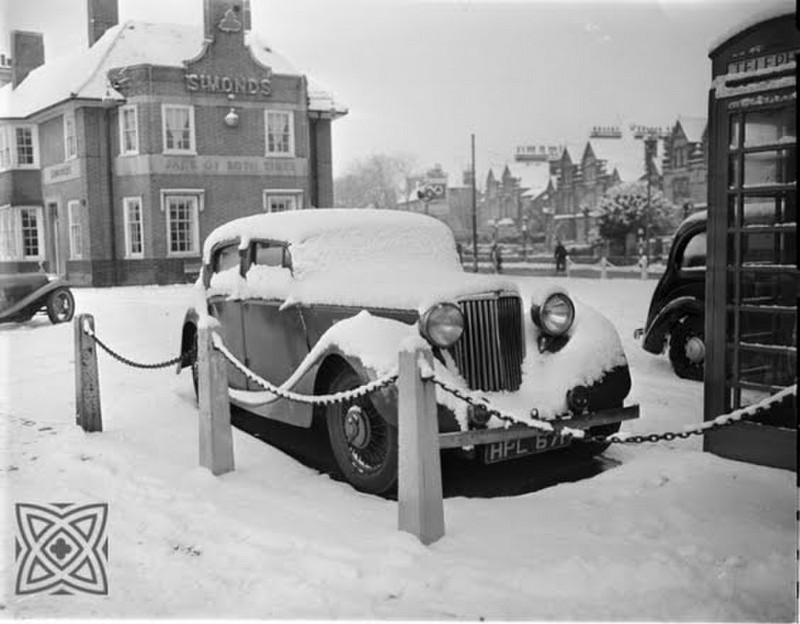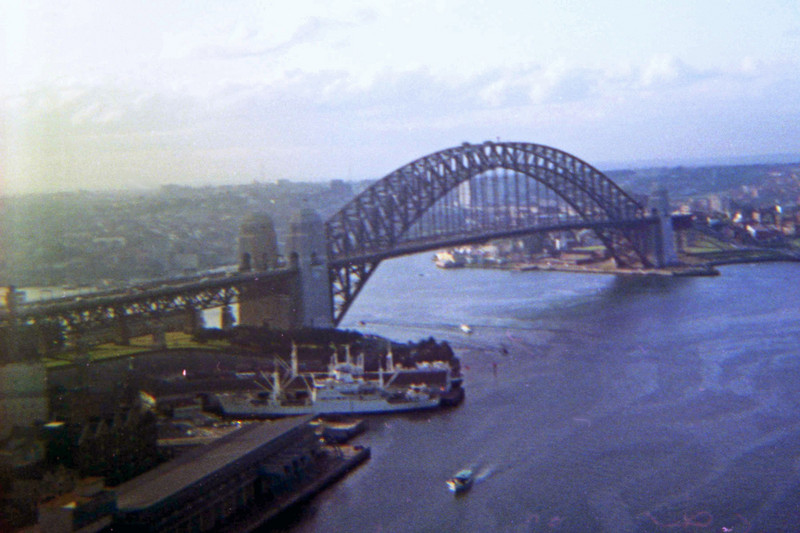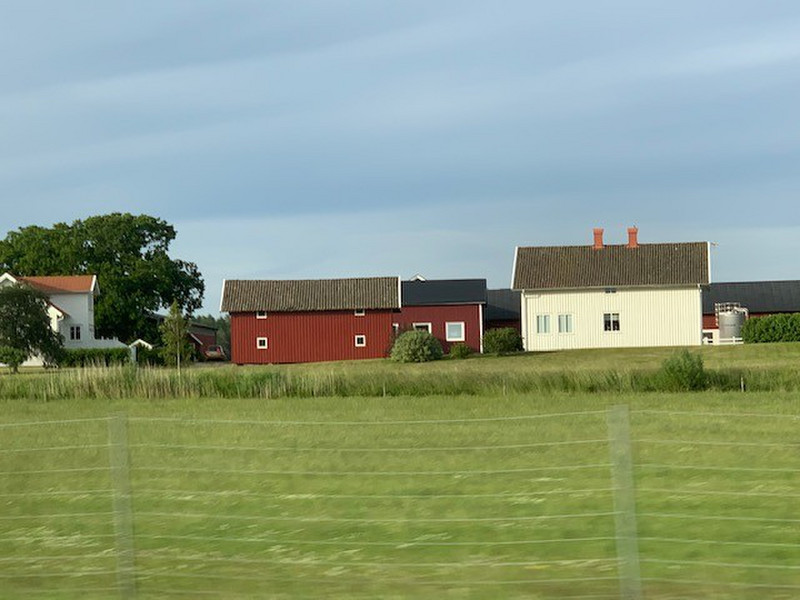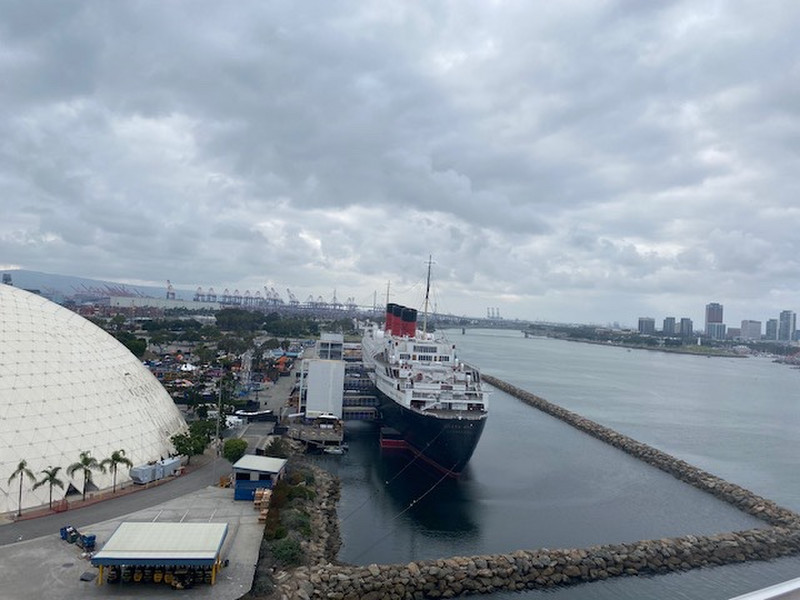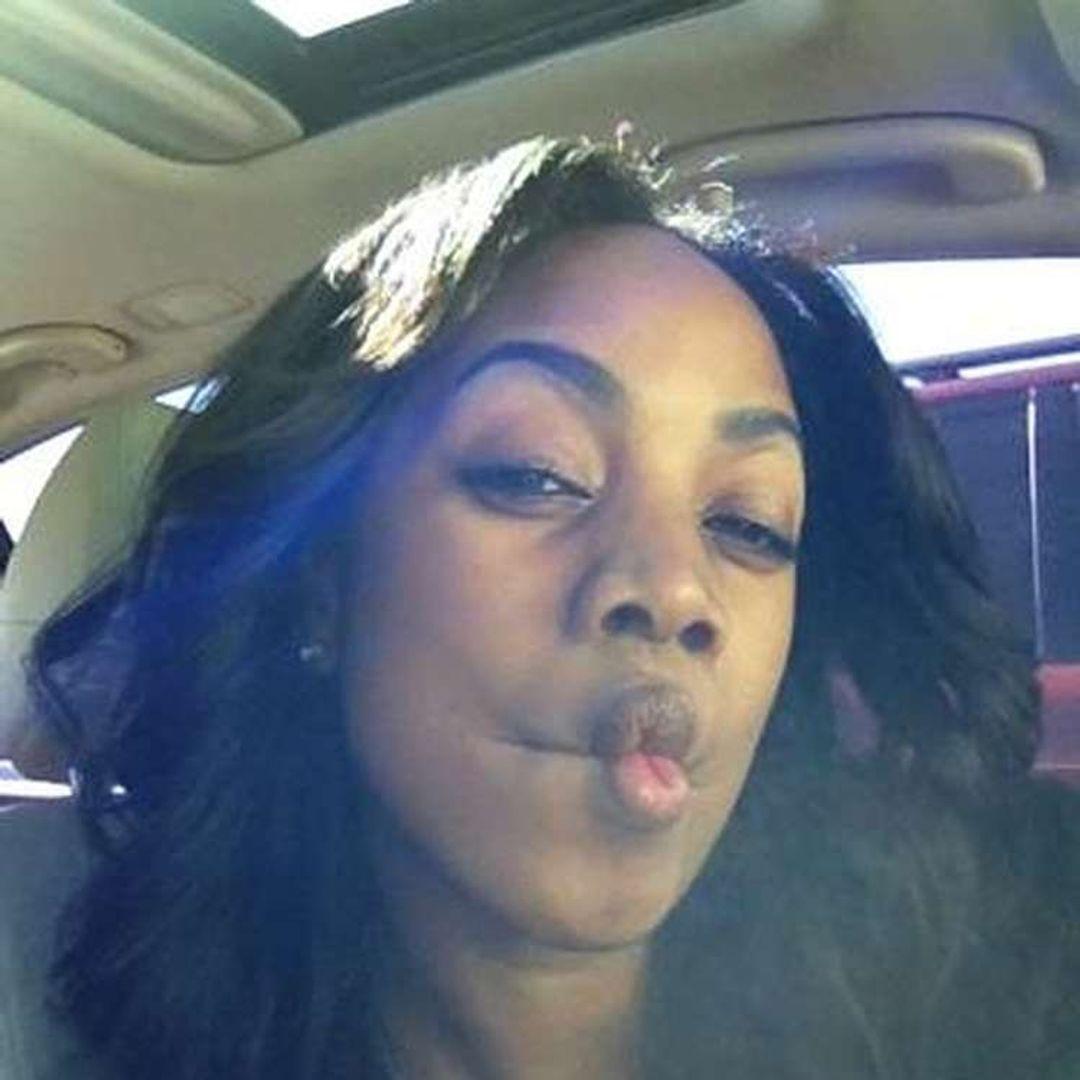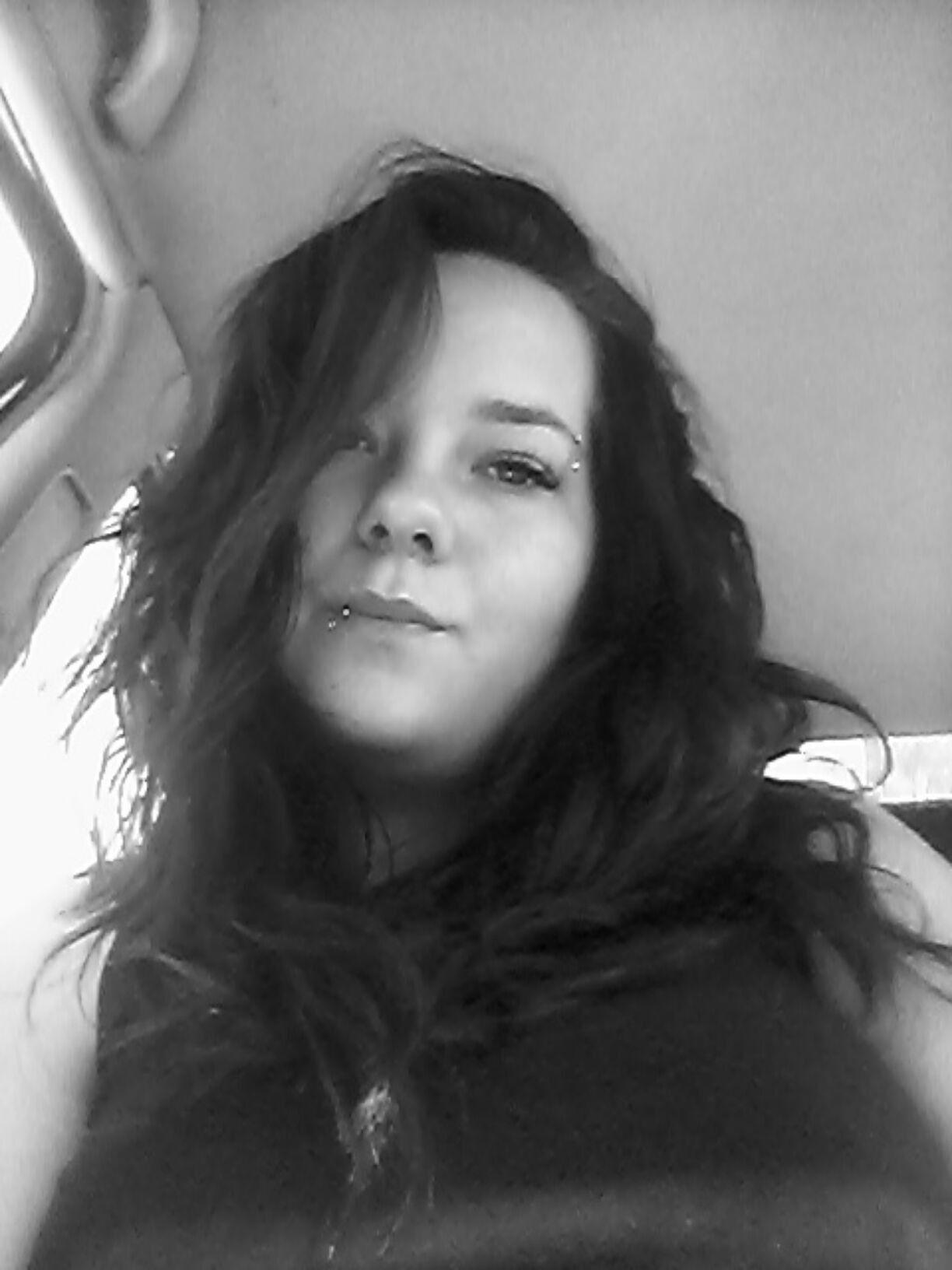I occasionally post things on the Facebook page entitled ‘The Reading and Thames Valley Area Memories of Another Day. I am nostalgic for the pubs of my youth in Reading U.K.; I vividly remember the pleasure of drinking fine beer in congenial surroundings with my friends.
I can think of no pub that has gone through as many name changes as The Hope and Bear, Cemetery Junction, Reading. It used to be the Abbot Cook. Before that it was the Upin Arms. And, originally, for a very long time, it was the Jack of Both Sides.
I grew up in Reading in the 1950s and 60s, when the Jack of Both Sides was a famous local landmark. It was a large pub, prominently situated at the junction of the London and Kings Roads. Everybody knew the Jack. When I took a No 17 or 18 trolley bus from town to Cemetery Junction, I used to ask for a ticket to the Jack of Both Sides. It was a Simonds pub until Courage took over Simonds in 1960.
and memorable. Its successor, the Upin Arms, was a feeble pun and a name with absolutely no tradition. The next name, the Abbot Cook, was a vast improvement – Abbot Hugh Cook being the last abbot of Reading Abbey in the 16th century. In 2018, the pub became the Hope and Bear.
‘The Cunning Man is a pub on the River Kennet in Burghfield near Reading. I remember swimming there as a schoolboy and seeing the sign. The name stuck, because it is so unusual.
In those days I had no idea what a ‘cunning man was; I assumed it meant a clever or crafty person. Later I learned that a cunning man is part of English folklore – a white wizard.
Cunning men were called upon to heal sickness in humans or animals, to detect and punish thieves, predict the weather, look into the future, give information about people far away, cast horoscopes and tell fortunes, and to procure love. Perhaps their most important function was to diagnose witchcraft, identify the witch, and defeat her by their own counter spells.
Perhaps the most famous cunning man was George Pickingill, an English farm labourer who lived and worked in the village of Canewdon in Essex. He reportedly employed magical means to offer cures for ailments and to locate lost property. He died in 1909.
‘The Cunning Man sign in Burghfield depicts a man armed with bottles and herbs. I wonder how many people using that pub realize the true meaning of ‘cunning man?
A local beer which I miss is Gales. During the 1970s, I used to frequent the Pack Saddle pub in Mapledurham and quaff the delicious Horndean Special Bitter.
I lived in Hatherley Road and was able to take the Caversham Heights bus all the way to the terminus and then walk to the Pack Saddle. Getting the last bus home was always dicey - the beer was so good, it was hard to leave. Often we would have to run to catch that last bus.
The Pack Saddle, The Pack Horse and The Fox – all of them in the Mapledurham area – were Gales tied houses, but the Pack Saddle was the easiest for me to get to.
pity that the Horndean brewery, established in 1847, was shut down in 2006. The HSB (Horndean Special Bitter) was a great pint.
I have attached some pictures, including one of the old Horndean Brewery and another of a Gales price list from 1933 - when a pint of beer cost 4 pence!
Back in the 1970s, I used to walk from our house in Hatherley Road, through Cemetery Junction and down to the Newtown area by the Kennet. There were a number of decent pubs there that I used to drink in.
The Thames Tavern, on the Kennet, is mentioned in the CAMRA 1976 Beer Guide; it sold Ind Coope from Romford.
The Fishermans Cottage, on the Kennet, was the best pub of all because of its delectable Fullers London Pride beer. It was originally a Courage pub, and then a freehouse, before Fullers bought it – in the 1980s, I think.
